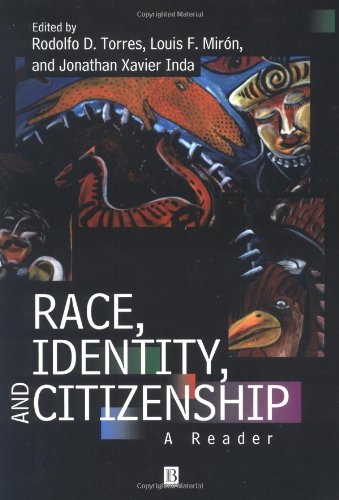Strip Clubs and the Sociology of RacismPosted in Articles, Latino Studies, Media Archive, Passing, Social Science, United States, Women on 2017-07-10 22:54Z by Steven |
Strip Clubs and the Sociology of Racism
Blackfeminisms.com: Centered on feminism & Women of the African Diaspora
May 2017
Strip clubs and sex work in general have long been studied by feminist scholars. There are two debates in feminism about sex work: radical feminists believe all sex work is exploitation within a patriarchal society. Radical feminists claim sex work exploits all women. Contemporary feminists believe sexual agency does exist. They emphasize empowerment and sexual agency within sexual economies, claiming women can take control in the sex industry. Feminists who argue for a more complicated position suggest focusing on sex workers right transnationally by analyzing both oppression and empowerment for women.
Sociologist Siobhan Brooks studied racial stratification in strip clubs in her 2010 Sexuality Research and Social Policy article:
These debates largely overlook structural racism within the sex industry that makes it difficult for women of color to maximize the benefit of the empowering aspects of sex work sex radical feminists underscore and produces problems not addressed by radical feminists, because sex work in and of itself is often not viewed as a problem by women of color but rather lack of decent shifts, safety, and better monetary gain…
…Taking Black Feminist Thought to the Strip Club
Brooks builds her argument on Patricia Hill Collins’s concept of controlling images. According to Collins, Black women face four: the mammy, the matriarch, the welfare mother and the Jezebel. Jezebel emerged during slavery. Collins argues mass media helps spread these racial ideologies. Black women are defined as sexually aggressive and more sexually available.
Brooks uses ethnography, fieldwork, and participant-observation for the study by interviewing 12 Black and Latina women aged 19 to 45 from NYC and Oakland. According to Brooks, dancers express having to manage racism as men offer money to White women over women of color, leading them to earn less. Some conceal their racial identity or engage in racial passing. Mixed women express being able to perform multiple ethnicities for customers. Darker women have to perform extra emotional labor…
Read the entire article here.



